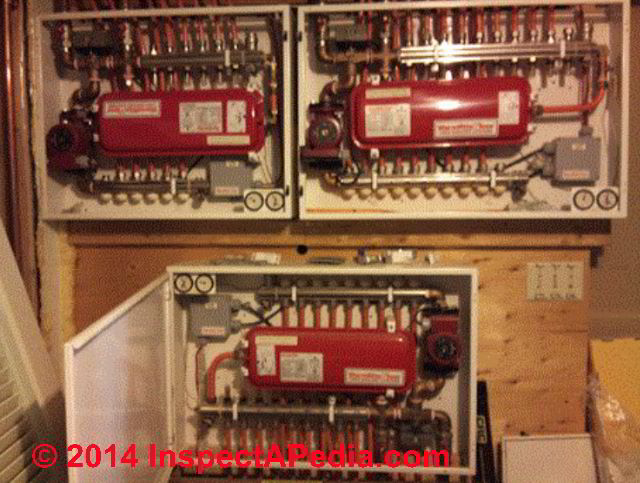

The biggest drawback to heating with mini-splits is that they are a step backwards in comfort. Refrigerant is piped between the outdoor and indoor units to perform the heat exchange.Ī wall-mounted indoor head of a mini-split heat pump. These are small (“mini”) heat pumps that are “split” between an outdoor unit (mounted on a slab or metal frame) and one or more indoor “heads” (mounted on walls or ceilings). The most common way for radiant-heat homes to go low-carbon is with mini-split heat pumps. So what are the low-carbon options for radiant heating systems? Mini-Split Heat Pumps There are condensing and standard gas boilers, just like with furnaces.Īnd ultimately, BTUs are just BTUs – whether it’s warm air blowing through a duct or hot water circulating through a radiator. The vast majority run on natural gas where available, and otherwise use propane or heating oil. When it comes to environmental impact and operating costs, boilers are no different than furnaces. Paul.Īnd hydronic in-floor heating, which works on the same principle, is commonly built as a premium feature in modern homes. This was the primary way that homes were heated until the 1950s, when central air conditioning (which requires a forced-air system) became mainstream.īut retrofitting ductwork into a home is very expensive, so there are a ton of radiant-heated homes still around, especially in Minneapolis & St. Radiant hydronic heat systems are powered by a boiler that heats water, which is circulated to radiators throughout the house. So far in this low-carbon heating guide, we’ve focused mainly on forced-air systems.īut millions of homes don’t have forced air instead they have radiant hydronic heat. So, we decided to build a new type of heat pump, designed from the ground up for boiler & radiator hydronic systems.Ĭlick here to learn more about RenewaBoiler – The Heat Pump for Radiators. When we wrote this article back in 2019, we realized the low-carbon heating options for radiant systems were lacking. You can go back to Part 3 here: Clean & Efficient Heat: Air‑Source Heat Pumps. This article is Part 4 of our ongoing series: The Ultimate Guide to Low-Carbon Heating in Minnesota.


 0 kommentar(er)
0 kommentar(er)
